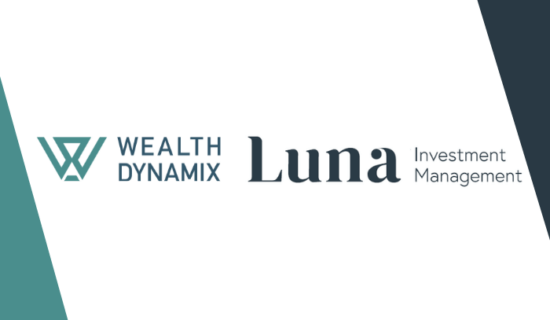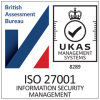According to the 2019 WealthBriefing survey I cited in my 2020 predictions article, only twelve weeks ago, just 25% of firms had fully integrated systems that span the entire client lifecycle and 37% said they were stalled in the earliest stages of leveraging technology.
Given the COVID-19 situation we find ourselves in today, I wonder how these firms are faring? Especially given newly emerging challenges, like remote working.
Exceptional service is (and always has been) the pinnacle of wealth management success, and relationship managers are on the front line. Nothing has changed in that respect, yet many wealth managers have learnt three harsh (some may say obvious) lessons, in a very short space of time:
- Operating reactively doesn’t work in the long term. The COVID-19 pandemic escalated so quickly that most firms – in all industry sectors and all nations – were plunged into reactive mode. Few avoided it, and everyone has had to make allowances. However, HNW clients thrive on high-touch, interactive relationships, and advisors have had to act fast to ensure that every client is served as thoughtfully and quickly as possible.Despite best efforts, and the temporary relaxation of some regulatory requirements, damaging flaws in operating models and technological infrastructure have been exposed.
- There may be no second chances for poor service. For firms handling turbulence poorly and managing the transition from crisis to new normal ineffectively, client attrition is a genuine concern. Very loyal and stable clients are likely to be more tolerant, while those who were already displaying negative sentiment or have a low risk threshold will have a short fuse when faced with inattentive service.One example we have seen so far, which is causing retention issues, is the unrest caused by the “10% drop” letters dispatched in recent weeks. For many clients they came as an unpleasant surprise. While news that their portfolios had depreciated by 10% or more was not unexpected, clients were not aware that formal notification is a MiFID II regulatory requirement and many clients have been shocked that the letters came out of the blue, with no courteous forewarning from advisors.
- Business continuity relies on end-to-end client experience. In times of crisis it is your ability to serve existing clients supremely well that has most impact on AuM retention and growth, which in turn impacts business continuity.Since the COVID-19 pandemic began, relationship managers have had an unparalleled opportunity to cement long-lasting client relationships that will withstand extreme ups and downs. Until now, however, many firms have focused on enriching the client onboarding experience and have failed to provide relationship managers with the tools needed to deliver exceptional, end-to-end client experience. They are now struggling to manage existing client relationships effectively, especially while remote working, and loss of business is an inevitable outcome.
All these business-critical challenges must be addressed to ensure positive outcomes for both firms and clients. Wealth managers must revise their vision for the future, bringing it to life with a deep-rooted understanding of the complete client journey and an informed view of their expectations, through every phase of the client lifecycle. The new vision must map client journeys to a new comprehensive mode of operating, and be underpinned by technology that enables staff to get the job done. In creating the vision, it is important to visualise the desired endpoint, to avoid wasting effort and re-working the plan along the way.
To those who say “we don’t have time for planning while we are dealing with a crisis”, I would recommend addressing immediate challenges first, while at the same time ensuring new ways of working to deliver better experiences for your client. Video calling, for example, has been an immediate priority with most firms implementing solutions. For many firms, the question is “what next?” Compliant co-browsing, secure chat and automated transcription solutions are all possible, but the next technology investment should already be informed from understanding the optimal client journeys. Continuously examining how this new technology affects operations and client experience, will allow you to evolve and execute a better (journey mapped) vision for the future.





